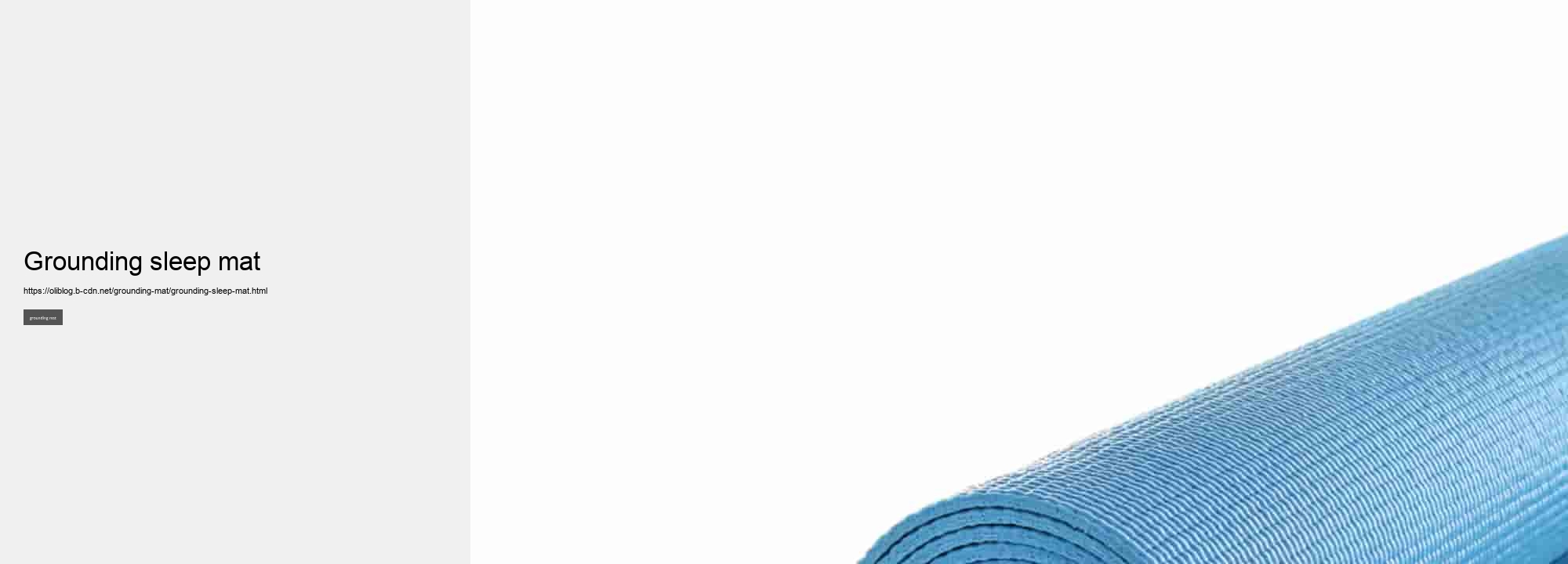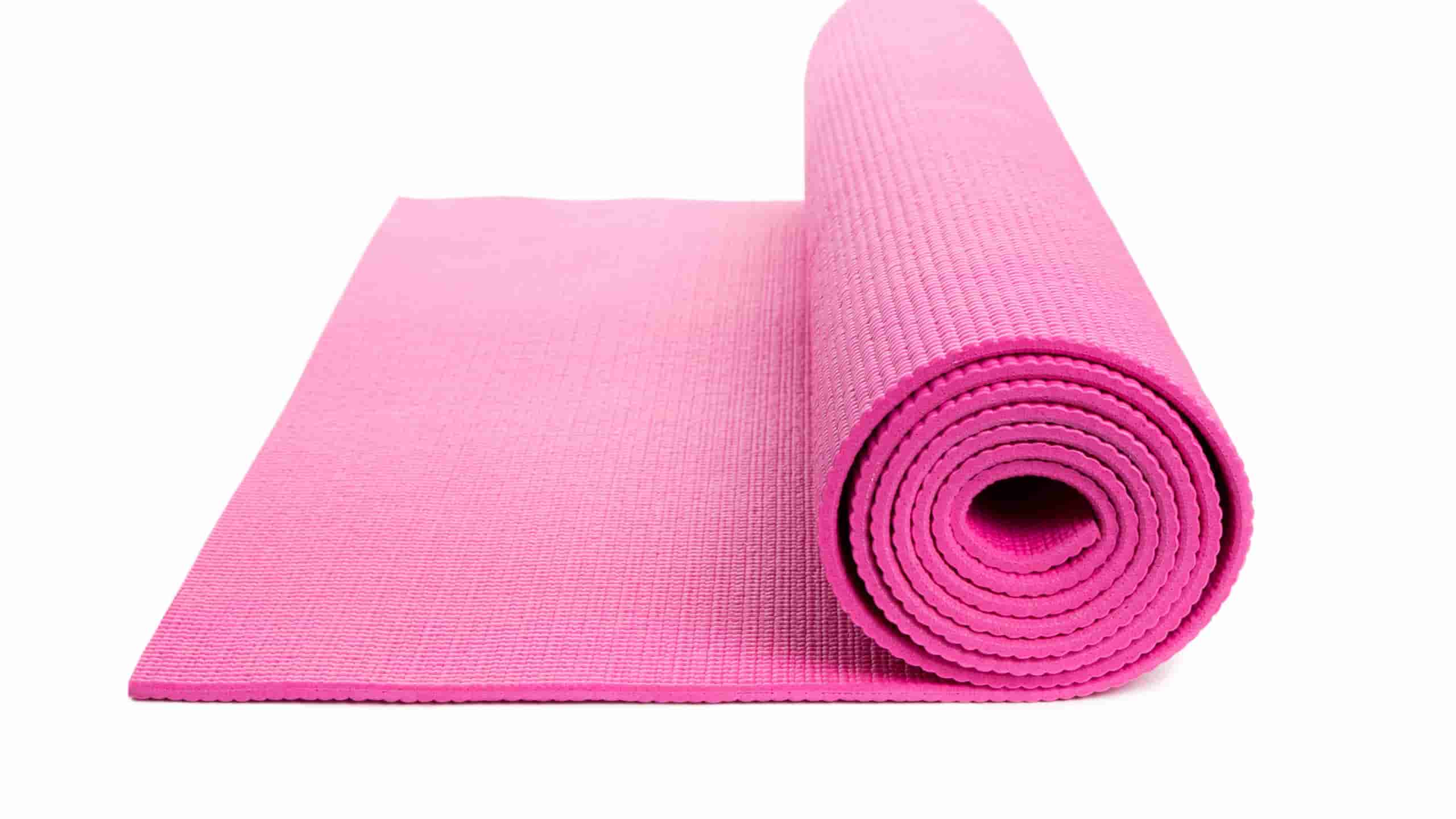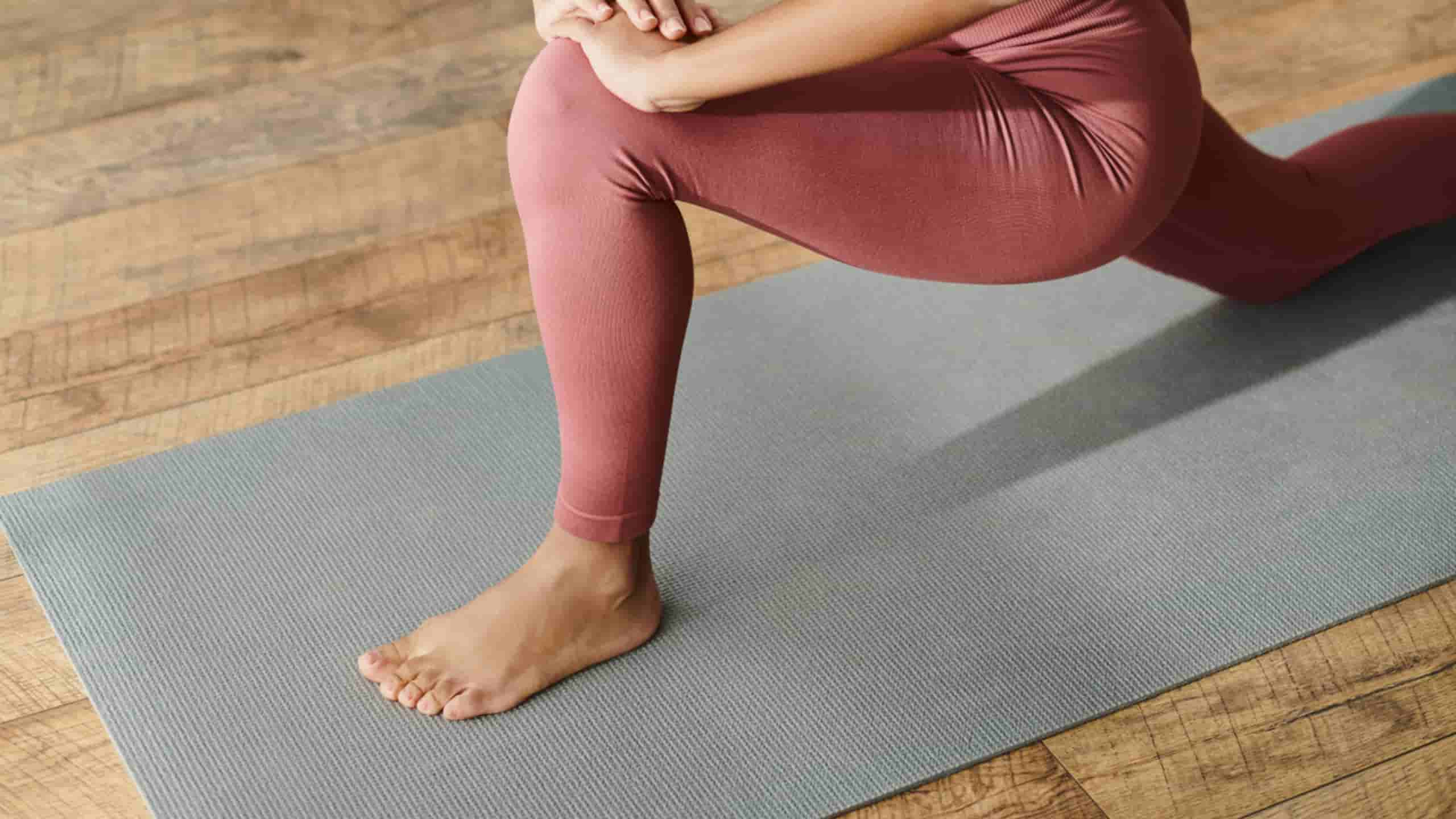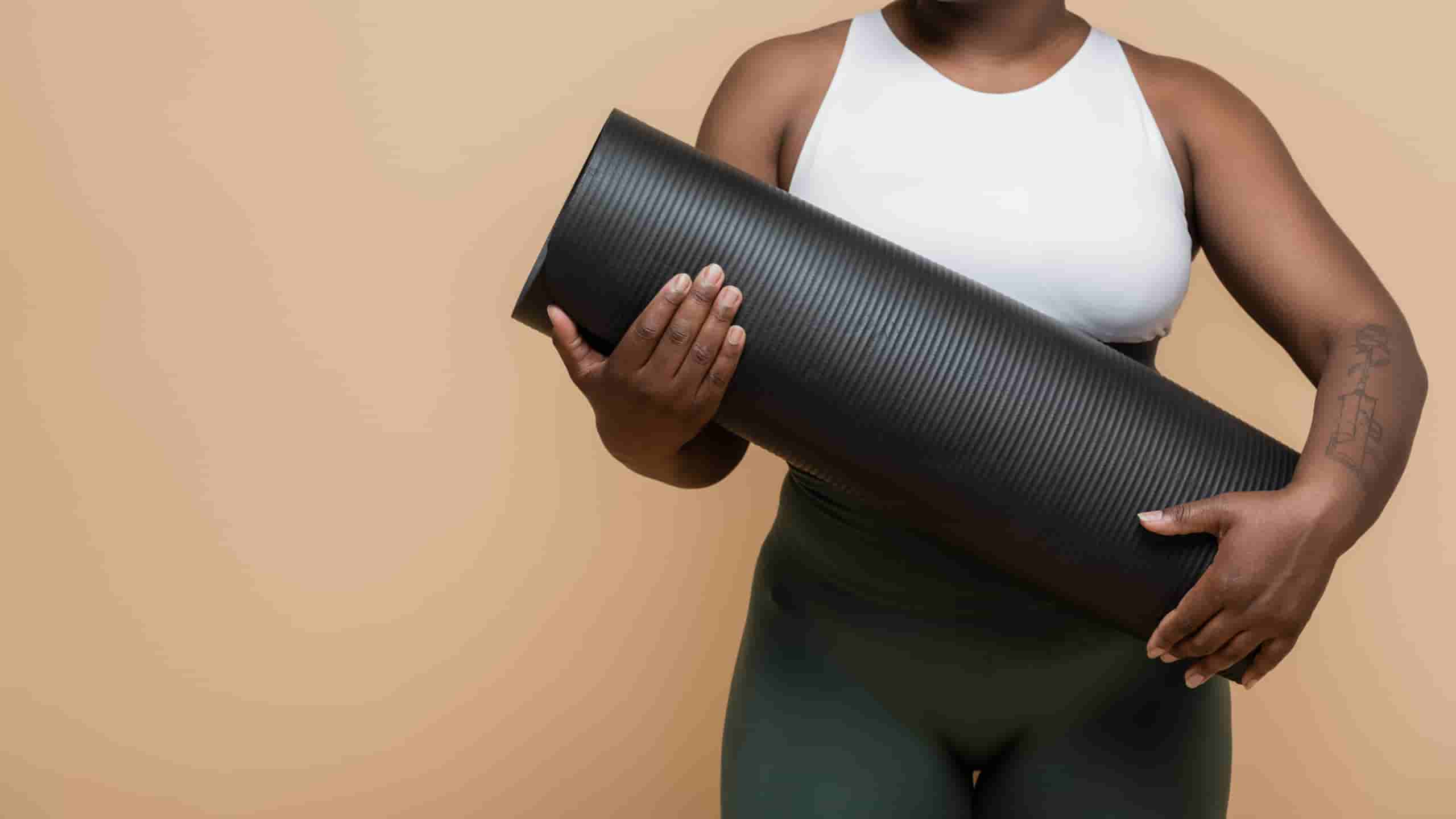

Furthermore, research has suggested that grounding mats can improve circulation and reduce muscle soreness after exercise. A study conducted at Stanford University School of Medicine observed an increase in blood flow and a decrease in markers of muscle damage among athletes who used grounding mats post-workout. Overall, scientific research on the effects of grounding mats is still ongoing, but initial findings suggest promising results for both physical and mental health. As more studies are conducted, it will be interesting to see how these findings evolve and potentially revolutionize our understanding of holistic wellness practices. Personal experiences with using a grounding matMy personal experiences with using a grounding mat have been incredibly positive.
The grounding mat helped me feel more relaxed and calm, which ultimately led to a deeper and more restful sleep. I also found that using the grounding mat during the day helped me stay focused and energized. By simply sitting or standing on the mat for short periods throughout the day, I felt more grounded and centered, making it easier to tackle daily tasks. Furthermore, I experienced a noticeable reduction in overall stress levels when using the grounding mat regularly.
Integrating grounding mats into a daily routineIntegrating grounding mats into a daily routine can have numerous benefits for both physical and mental well-being. These mats are designed to help reconnect us with the Earth's energy, which is believed to have healing properties. Grounding mats can be used while working at a desk, watching TV, or even sleeping. By incorporating them into our daily routines, we can experience reduced stress levels, improved sleep quality, and increased energy levels throughout the day.
This simple addition to your workspace can make a significant difference in how you feel throughout the day. Using a grounding mat while watching TV or relaxing at home can help you unwind and destress after a long day. The calming effects of grounding can promote relaxation and improve overall mood, making it easier to disconnect from the chaos of everyday life. Sleeping on a grounding mat overnight can also have positive effects on your health.
By promoting better sleep quality and reducing inflammation in the body, grounding mats can contribute to overall wellness and vitality. Incorporating grounding mats into your daily routine may take some time to get used to, but the benefits are well worth the effort. Whether you choose to use them while working, relaxing, or sleeping, these mats offer a simple yet effective way to enhance your physical and mental well-being. By making grounding mats an integral part of your daily routine, you can experience firsthand the positive effects they have on your health and overall quality of life. Give them a try and see for yourself how this simple practice can make a big difference in how you feel each day.
What is a grounding mat and how does it work? A grounding mat is a device designed to help connect you to the Earth's natural energy, also known as earthing. By using a grounding mat, you can bring the benefits of being barefoot outdoors inside your home or office. Earthing is based on the principle that direct contact with the Earth's surface allows electrons to flow into your body. These electrons act as antioxidants, helping to neutralize free radicals and reduce inflammation in the body. Grounding mats are typically made from conductive materials such as carbon or silver, which allow for the transfer of electrons from the Earth to your body when you make contact with the mat.
This connection allows for the flow of electrons between your body and the Earth's surface. Many people report feeling more balanced, calm, and energized after using a grounding mat regularly. Some even claim improvements in sleep quality, reduced pain and inflammation, and overall better well-being. It is recommended to use a grounding mat while barefoot or with clothing that allows for direct skin contact with the mat. This ensures optimal electron transfer between your body and the Earth.

Overall, grounding mats offer an easy and convenient way to reap the benefits of earthing without having to spend hours outdoors barefoot. By incorporating a grounding mat into your daily routine, you may experience improved health and vitality. What are the benefits of using a grounding mat? Grounding mats are becoming increasingly popular due to their numerous benefits for physical health and well-being. Improved Sleep Quality: Using a grounding mat can help regulate your body's circadian rhythm, leading to better sleep quality and overall restfulness.
Increased Energy Levels: By connecting to the Earth's natural energy, grounding mats can help boost your energy levels and combat fatigue throughout the day. Enhanced Mood and Mental Clarity: Grounding mats have been linked to improved mood and mental clarity, as they help reduce stress and promote a sense of calmness. Pain Relief: Many users report experiencing relief from chronic pain conditions such as arthritis or fibromyalgia when using a grounding mat regularly. Improved Immune Function: Grounding mats can strengthen the immune system by reducing oxidative stress and promoting overall wellness within the body.
What materials are grounding mats typically made from? Grounding mats are typically made from a variety of materials that are conductive in nature. One common material used in grounding mats is carbon fiber, which is known for its excellent conductivity and durability. Another material commonly found in grounding mats is copper, a highly conductive metal that allows for effective grounding when in contact with the body. Copper also has antimicrobial properties, making it a popular choice for grounding mat construction. Silver is another material frequently used in grounding mats due to its high conductivity and antibacterial properties.
Stainless steel is also used in some grounding mats for its durability and conductivity. Stainless steel fibers or plates can be woven into the fabric of the mat to create an effective grounding surface. Some grounding mats are made from a blend of several conductive materials, such as silver, copper, and carbon fiber. These multi-material mats offer enhanced conductivity and durability compared to single-material options. In addition to conductive materials, grounding mats may also contain non-conductive materials such as rubber or foam for added comfort and insulation.
Overall, the choice of materials used in grounding mats depends on factors such as conductivity, durability, comfort, and antimicrobial properties. By selecting the right combination of materials, manufacturers can create effective and safe grounding mats for users to enjoy the benefits of earthing therapy. What health conditions can a grounding mat help with? Grounding mats, also known as earthing mats, are designed to help reconnect us with the earth's natural energy. These mats can provide a variety of health benefits by allowing our bodies to absorb negatively charged electrons from the earth, which can help neutralize free radicals and reduce inflammation.

One major health condition that grounding mats can help with is chronic pain. By reducing inflammation in the body through grounding, individuals may experience relief from conditions such as arthritis, fibromyalgia, and muscle soreness. Another health condition that grounding mats can assist with is poor sleep quality. By promoting relaxation and reducing stress levels, grounding mats have been shown to improve sleep patterns and overall sleep quality for many individuals. Anxiety and stress are two other common health conditions that can be alleviated with the use of a grounding mat.
Grounding mats have also been found to improve circulation in the body. By increasing blood flow and oxygenation throughout the body, these mats can aid in healing wounds more quickly and improving overall cardiovascular health. Individuals suffering from autoimmune disorders may also benefit from using a grounding mat. By reducing inflammation and oxidative stress in the body, these mats can help alleviate symptoms associated with autoimmune diseases such as rheumatoid arthritis or lupus.
In addition to physical health conditions, grounding mats have also been shown to have positive effects on mental health. By promoting relaxation and reducing stress levels, these mats can help improve mood disorders such as depression and PTSD. Overall, grounding mats offer a non-invasive and natural way to support various aspects of our health by reconnecting us with the earth's energy. Whether you are looking to manage chronic pain, improve sleep quality, or reduce stress levels, incorporating a grounding mat into your daily routine may offer numerous benefits for your overall well-being.
Grounding mats and earthing sheets are both products designed to help individuals connect with the Earth's natural energy, but there are some key differences between the two. Grounding mats are typically small pads or mats that can be placed under a person's feet while they work or sleep. These mats are connected to a grounding outlet in order to provide a direct connection to the Earth's surface, allowing for the transfer of electrons from the ground into the body.
These sheets also connect to a grounding outlet and function in much the same way as grounding mats, providing a continuous flow of electrons from the Earth to the body throughout the night. While grounding mats are more portable and can be easily moved from place to place, earthing sheets offer a more comprehensive grounding experience by covering a larger surface area and allowing for full-body contact with the Earth's energy. In terms of convenience, grounding mats may be more suitable for those who travel frequently or want to have access to grounding benefits while working at their desk.

Yes, grounding mats are designed to be used on most beds. You can place the mat under your fitted sheet or on top, depending on the type of mat and your comfort preference.
Many users report improved sleep quality after using a grounding mat, as the connection to the earth may help regulate stress hormones and balance sleep cycles.
To set up a grounding mat for bed, place the mat on your mattress or under your sheet. Connect the grounding cord to the mat and plug it into a properly grounded electrical outlet.